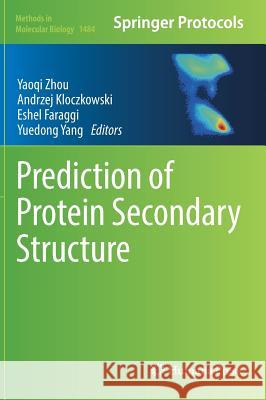Prediction of Protein Secondary Structure » książka
topmenu
Prediction of Protein Secondary Structure
ISBN-13: 9781493964048 / Angielski / Twarda / 2016 / 313 str.
Kategorie:
Kategorie BISAC:
Wydawca:
Humana Press
Seria wydawnicza:
Język:
Angielski
ISBN-13:
9781493964048
Rok wydania:
2016
Wydanie:
2017
Numer serii:
000014950
Ilość stron:
313
Waga:
0.78 kg
Wymiary:
25.4 x 17.78 x 1.91
Oprawa:
Twarda
Wolumenów:
01
Dodatkowe informacje:
Bibliografia
Wydanie ilustrowane
Wydanie ilustrowane











